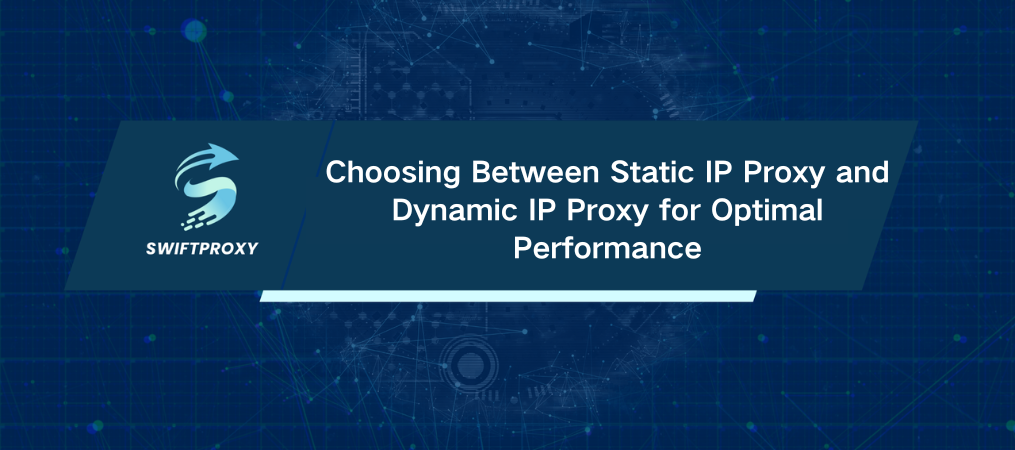Choosing Between Static IP Proxy and Dynamic IP Proxy for Optimal Performance

By 2026, the global proxy market is projected to reach $1.6 billion. Proxies are powerful tools for developers, enabling them to control access, monitor performance, and scale systems. When it comes to choosing between static and dynamic proxies, the decision can feel complex. Let's break it down.
About Static IP Proxy
In a static proxy, everything is locked in at compile time. It's straightforward. The proxy class must implement or inherit from the target object's interface or superclass. In other words, the relationship is fixed before the program runs. After compilation, you already have the proxy class, and no new classes will be generated later.
Why Choose Static Proxies?
1. Simplicity and Speed: Static proxies are easy to write, understand, and compile. Once they're compiled, they run fast because everything is pre-determined.
2. Strong Control: Since everything is established during compilation, static proxies offer high stability and predictability.
When to Use Static Proxies
Security Safeguards: Manage access to sensitive objects.
Activity Tracking: Record method calls for debugging or auditing.
Performance Tracking: Track and analyze execution times.
About Dynamic Proxy
Dynamic proxies, on the other hand, are created on the fly. Java's dynamic proxy mechanism allows you to generate proxy classes at runtime, adjusting as your program runs. This flexibility makes dynamic proxies a valuable tool when your needs evolve or expand during execution.
Why Choose Dynamic Proxies?
1. Flexibility: They're generated at runtime, so they can adapt to your changing needs.
2. Code Efficiency: Dynamic proxies reduce repetitive code since you don't have to manually create multiple proxy classes.
3. Scalability: If you need complex or flexible behaviors, dynamic proxies can handle it.
When to Use Dynamic Proxies
AOP (Aspect-Oriented Programming): Perfect for adding cross-cutting concerns like logging or permission control before and after method execution.
Remote Method Invocation (RMI): Ideal for implementing remote calls through a dynamic proxy.
Performance Tracking: Dynamically gather and analyze method execution data at runtime.
Deciding Between Static and Dynamic Proxies
Your choice depends on the specific needs of your project. Static proxies are best when you're dealing with a single class or a small, defined set of classes. If the proxy relationship is fixed and known during compilation, static proxies will provide you with a simple, stable solution.
Dynamic proxies, however, shine when you need flexibility. If you're working with multiple classes or require runtime adjustments, a dynamic proxy is more appropriate. This approach scales with complexity, allowing you to manage more moving parts without increasing development time or duplicating code.
The Takeaway
Both static and dynamic proxies have their places in software development. For simpler systems with fixed relationships, static proxies offer speed and stability. For complex, dynamic environments, dynamic proxies provide the flexibility and scalability you need. Choosing the right proxy can significantly impact your system's performance, maintainability, and future growth.
By understanding these two approaches, you can make smarter decisions that enhance the overall design and efficiency of your software system. Whether you need a simple solution or a more flexible, dynamic approach, proxies can help you build better, more efficient applications.

















































